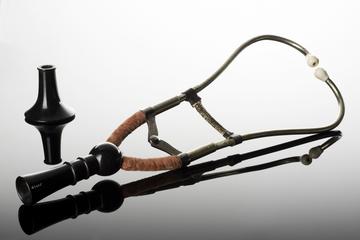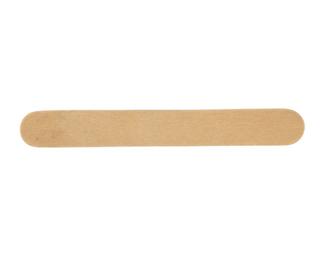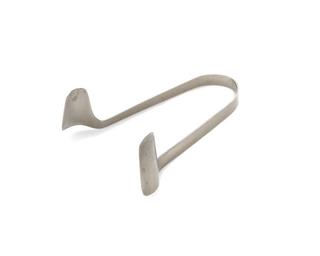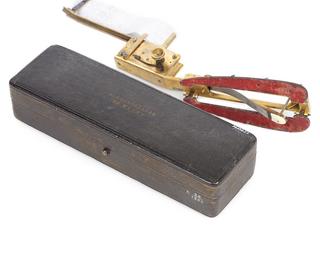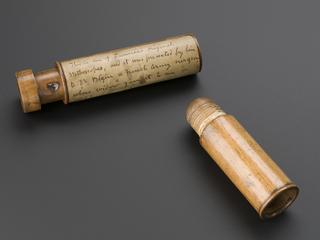
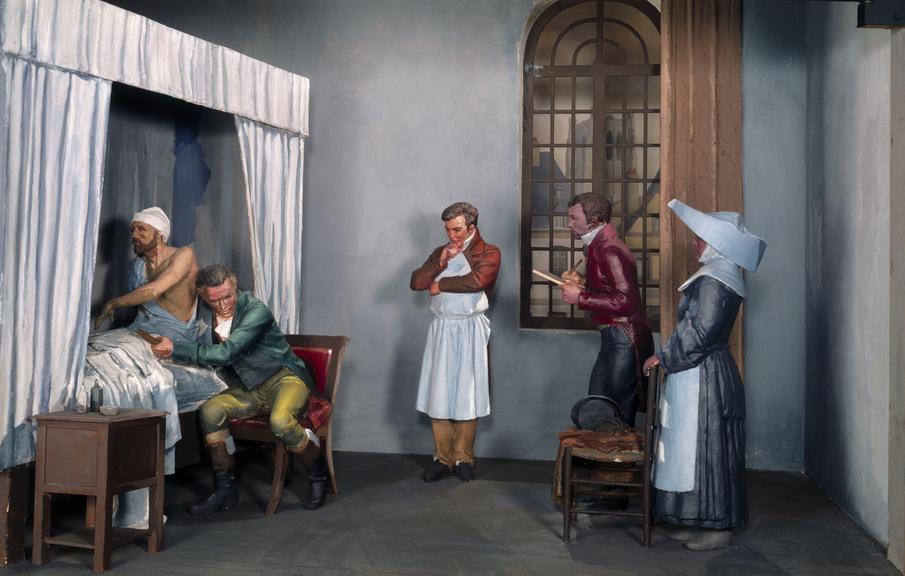
Diorama "The Rise of Clinical Medicine" showing Rene Laennec (1781-1826) examining a patient at the Hopital Necker in Paris in 1816, made by Edward Ashenden for the Wellcome Institute, London, 1930-1933
Set in the Necker Hospital in Paris, France, in 1816, this diorama shows René Laennec (1781-1826) examining a patient. He is listening to the patient’s chest with his new invention, the monaural stethoscope. Before the stethoscope, the physician had to place his ear to the patient’s chest or body to hear sound. But physical contact between patients and physicians (who were mostly male) was minimal and considered inappropriate when consulting female patients. Laennec found that using a hollow tube amplified the sounds made by the body and put some distance between him and his patient.
Listening to the chest can help physicians diagnose illness such as bronchitis and tuberculosis. Almost two hundred years later, the stethoscope is still a valuable tool used by physicians. Today, however, the stethoscope typically has two earpieces.
Details
- Category:
- Clinical Diagnosis
- Collection:
- Sir Henry Wellcome's Museum Collection
- Object Number:
- A626415
- type:
- diorama
